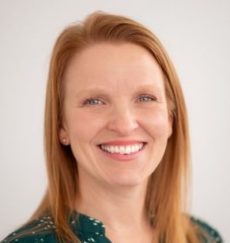
When Diversicare Healthcare Services’ 61 skilled nursing facilities (and the rest of its holdings) move to a new owner later this year, it likely will become much more difficult to see what’s happening inside of them.
That’s not because COVID-19 is keeping out visitors. It’s because the pandemic is hastening the speed at which the industry invites takeovers from well-heeled and often well-cloaked private investors. Diversicare will shift from being a publicly traded company to being an asset of Ephram “Mordy” Lahasky, an investor and operator whose complex ownership web already weaves together at least 100 nursing homes.
It’s part of a trend that some see as troubling: Large numbers of once publicly traded, publicly accountable organizations are moving into tighter ownership circles, draping their business practices in relative secrecy as federal regulators hash out how best to deal with private equity’s rise in the industry.
Lahasky’s DAC Acquisition will buy all the operators’ outstanding shares of common stock at $10.10 each — or a premium of approximately 256% compared to the $2.84 closing price on Aug. 19, the last trading day before DAC announced its proposal. With offers like that, who wouldn’t want a piece? Especially given uncertainties about an evaporating workforce and its impact on admissions, remaining threats to resident health and a lack of long-term government funding that recognizes the ongoing crisis. And it’s not just public behemoths — pressured as they are by their own shareholders — that are falling to sky-high offers. Nonprofit and mission-based organizations are also increasingly selling out in this COVID/post-COVID/re-COVID market. For distressed operators short on cash, the threat of being poached will become even more real.
But Congress, where some members have been on a year-long campaign to limit private equity’s influence in healthcare, has done little to act on its distrust of related entities and shadowy ownership structures.
As the buyouts continue, it’s fairly obvious that the feds have one key resource that could keep more PE investors on the sidelines: Paying existing providers more to deliver care and lessen their daily operational burdens.
Funding the nation’s nursing homes at a level reflective of the work they do and the crisis they’ve been stuck in since March 2020 would certainly make it a little easier to resist all those flashy offers yet to come.
From the October 2021 Issue of McKnight's Long-Term Care News




